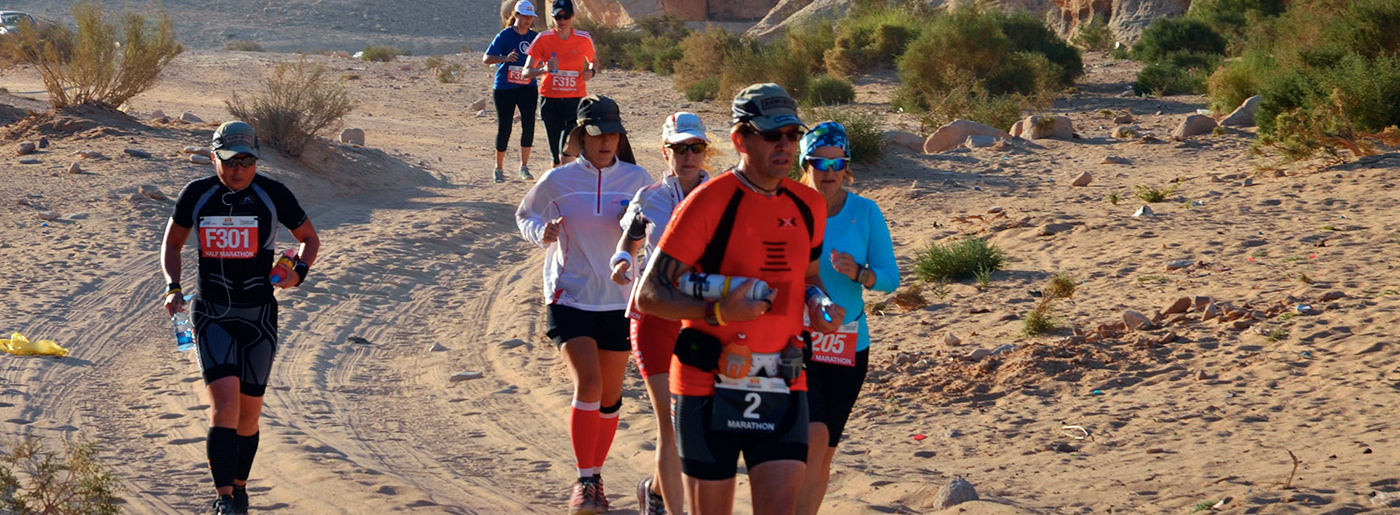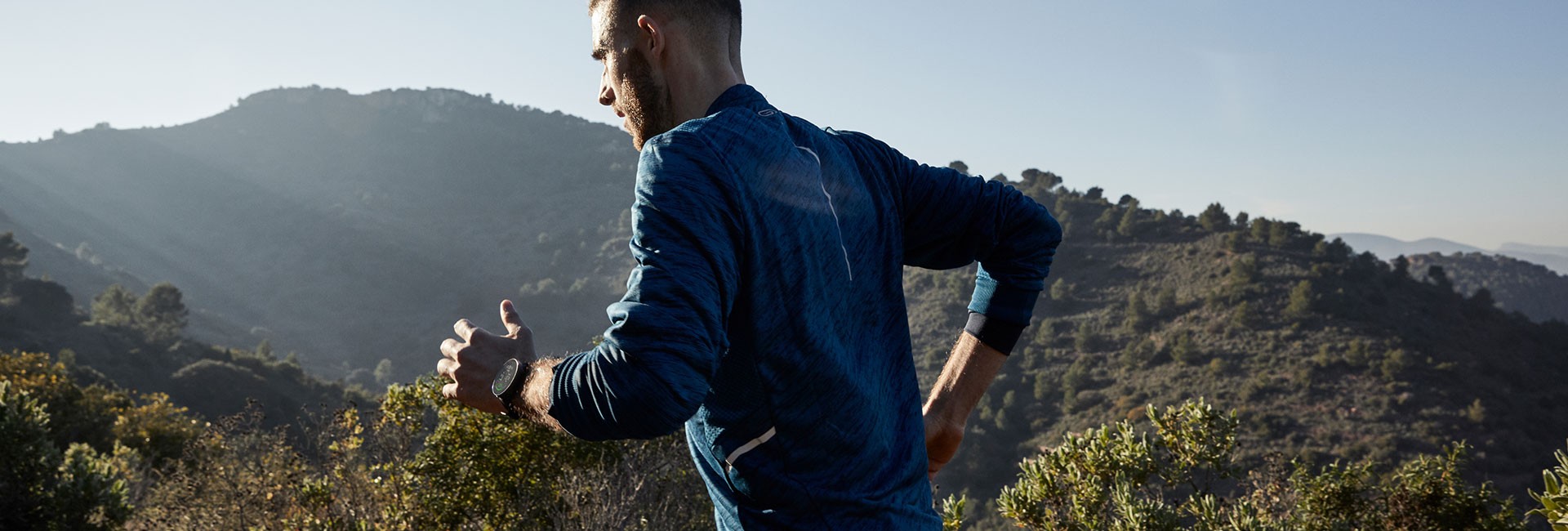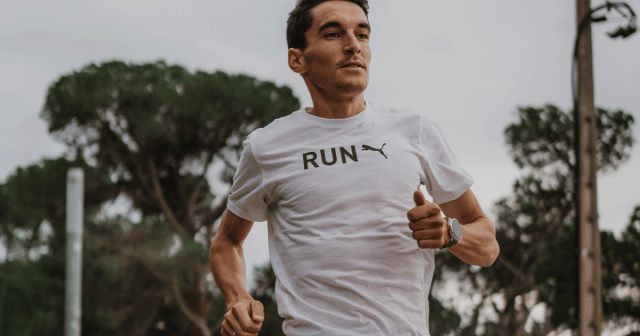If ever there was a man born to run, Steve Williams is it. While dabbling in other sports in school – mainly warming benches both in football and lacrosse – it was always the endurance events, like track and cross country, where he excelled. They grabbed his attention and appealed to his spiritual sensibilities.
Now at age 47, after running marathons for more than 7 years, including running events on all 7 continents, he’s still running. Not away, but rather toward life’s next adventure.
The TRAVELING MARATHON MAN
In 2003, Steve entered a Polar-sponsored Twitter competition and found himself winning a race entry. Off he went to Monterey, California, for the Triathlon at Pacific Grove, renowned as one of the most scenic races in the world.
It was his first Olympic distance triathlon, his first swim in open water, and his first encounter with Polar.
The running bug had bit.
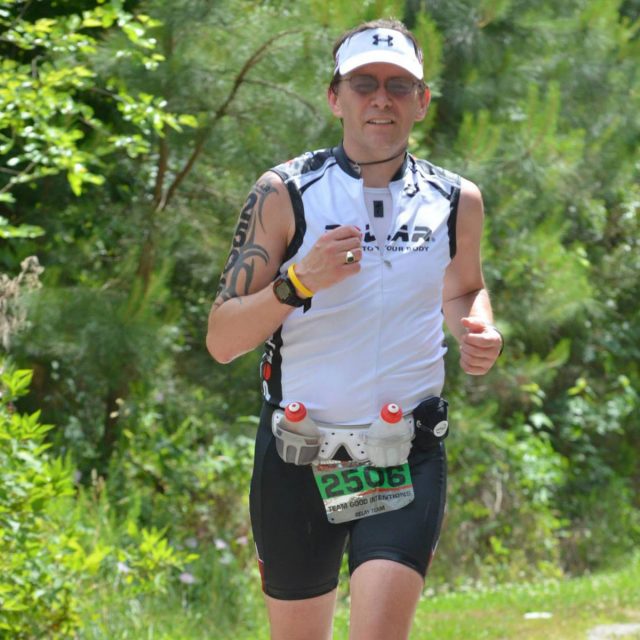
Steve pulled up stakes and threw himself full throttle into the tri life, even doing the infamous Escape From Alcatraz Triathlon. Even so, it was the running that really made him hum.
In 2009, he ran his first full marathon, and he was hooked. The allure of running goes well beyond the endorphin hit every time Steve laces up his shoes.
Some people collect objects to take back from their travels. We collect stamps in our passport.
Running has taken Steve places, near and far. By combining running and travel, he has met interesting people and gotten to know novel locales, new terrain, and different customs.
Every marathon destination has become an adventure exploring the local geographic and cultural topography, opening his mind and heart to different points of view. It is intoxicating.
3 TIPS FOR running and TRAVEL
Airline travel brings its own complications. Speaking from experience, Steve says:
- Always take your racing kit and devices in your carry-on bag. Luggage that doesn’t show up by race day can be a disaster.
- Bring specialty items with you. Shoes, race belts, and devices can be difficult or impossible to replace in some remote locations. And depending on exchange rates, it can get really expensive to replace items.
- Don’t change anything before or during your endurance race. Run in a well-tested kit and consume the same nutrition you’re used to training with.
Running With data
Since 2009, Steve has run 8 half marathons, including competing in a World Championship, 16 full marathons, a 50K, and both a 70.3 and a 140.6 Ironman. He also ran a full marathon on each of the 7 continents within 1.5 years.
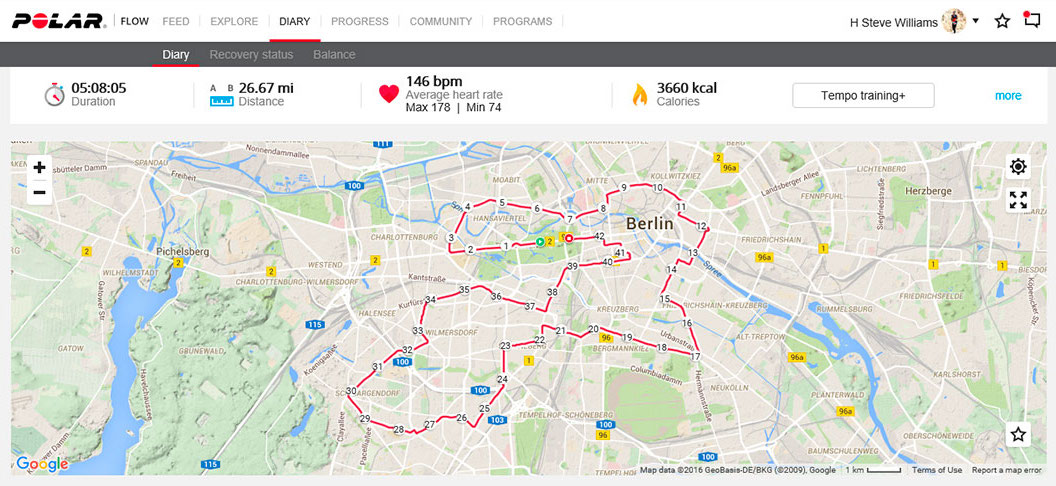
More people have summited Mount Everest than have completed a marathon on all 7, firmly solidifying him as an adventure athlete.
His conquests include:
- North America (Marine Corps Marathon, Washington D.C., USA)
- South America (Punta Arenas Marathon, Chile)
- Europe (Berlin Marathon, Germany)
- Asia (Petra Desert Marathon, Jordan)
- Africa (International Marathon de Marrakech, Morocco)
- Oceania (Jacob’s Creek Barossa Marathon, Tanunda, Australia)
- Antarctica (White Continent 50K Ultramarathon, King George Island, Antarctica)
The most Memorable marathon
Steve says his most memorable marathon was the Petra Desert Marathon in 2014. It is in the heart of the Jordanian desert in a mountainous region, close to the ancient, lost city of Petra. And it features a brutal 5K climb near the finish.
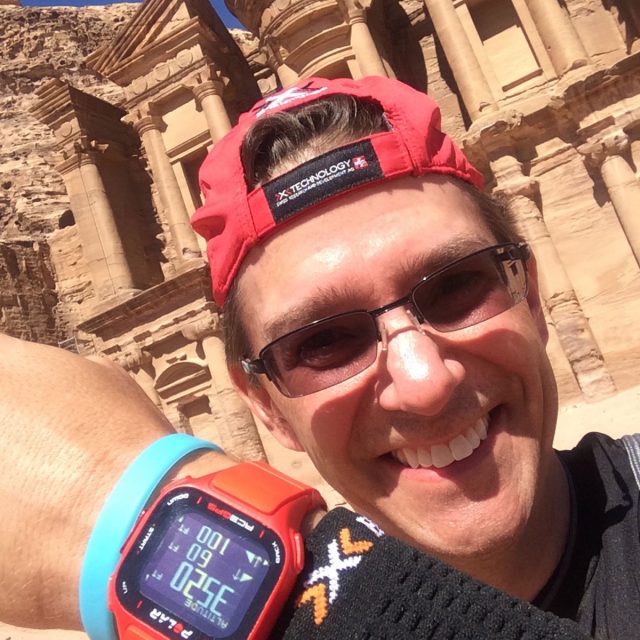
Traveling and meeting so many new people helps me expand my awareness and be a better person.
With only 50 runners (split between the half and full marathons), Steve said he’d be out all by himself for long stretches in an eerie landscape almost devoid of color.
The ancient city of Petra was carved into the living rock thousands upon thousands of years ago. It was a run back in time, an escape from the distractions of the modern world.
It was beautiful, moving, and scary-but-thrilling as heck.
Tackling the toughest marathon
When we asked Steve about his toughest marathon, he said, “Oh that’s easy. Mount Lemmon in the Santa Catalina Mountains near Tucson, Arizona.”
He ran it in 2011 and says it is not designed for speed. The entire course is uphill, with 6,000 feet (1,800 m) of elevation gain over the course of the run. Ouch. It has been described as one of the most difficult road marathons in the world, and it was last held in 2013.
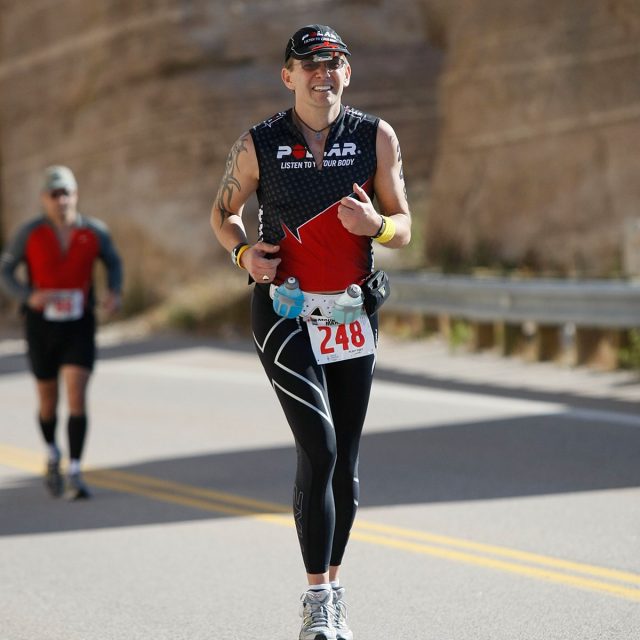
Steve said it made him fully understand the Lillooet Vision Quest:
“Push yourself until the pain comes and then go on, until you think you cannot survive. Here the ego will let go. Here you will be purified.”
Ditching the clock
For Steve, running has never been about the time on the clock. He’s never broken any records or set out with a time goal.
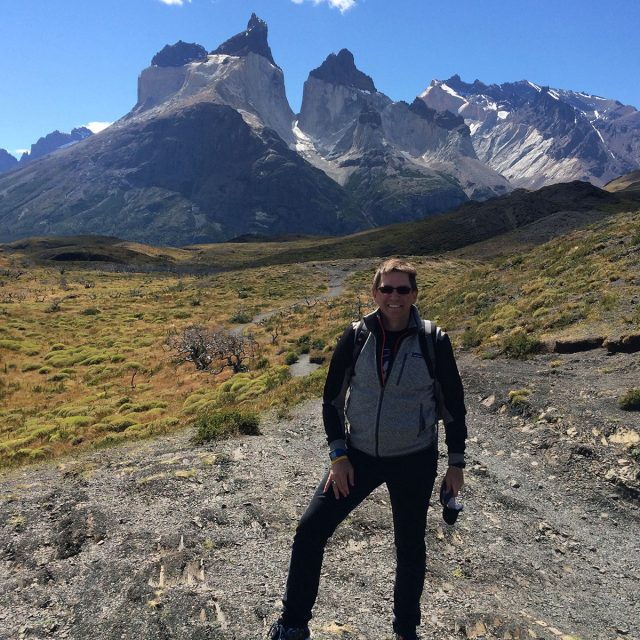
He figures if he’s the last guy across the finish line, he’s experienced that much more out on the course.
For him, it’s the experience itself that is enthralling:
- Traveling to new places.
- Meeting new people and cultures.
- Gaining fresh perspectives.
- Testing the limits of his body in all sorts of new ways.
- Living a healthy lifestyle and being an advocate for cancer awareness.
Running for health
For Steve’s family, cancer is personal.
Many types of cancer are preventable with an active, health-oriented lifestyle.
It took his grandmother and an uncle and also struck both his father and his sister. It prompted him to get involved with the Livestrong Foundation and the American Cancer Society. For many years, he’s been an advocate for cancer-related subjects such as treatment, education, and prevention. As part of the lobbying efforts of One Voice Against Cancer (OVAC), Steve’s had several opportunities to represent his state of North Carolina before the U.S. Congress (both the house and the senate), speaking on the importance of continued funding for the National Cancer Institute, the National Institute of Health, and the Centers for Disease Control and Prevention.
Cancer prevention is something he is passionate about and mindful of every day, staying committed to be active, on the move, and inspiring others.
STAYING ACTIVE WITH POLAR
Steve uses Polar technology to see, track, analyze, and share his training and progress. The data provide him a comprehensive picture of his activity profile and the Polar community helps make exercise fun, social, and motivating.
Tracking and analyzing running data helps him stay in touch with his body and to ensure he is working at the right pace for his training and race efforts in any given condition.
Being able to monitor his heart rate has proven especially important when he’s racing at elevation. His other must-have is GPS, which lets him track his activities to specific geographic locations.
Another favorite metric is daily activity.
“It’s too easy to fall into the internet hole,” he says. “Monitoring my daily activity is a great reminder for me to get moving.”
If you liked this post, don’t forget to share so that others can find it, too.
Or give it a thumbs up!
I like this article
Please note that the information provided in the Polar Blog articles cannot replace individual advice from health professionals. Please consult your physician before starting a new fitness program.
